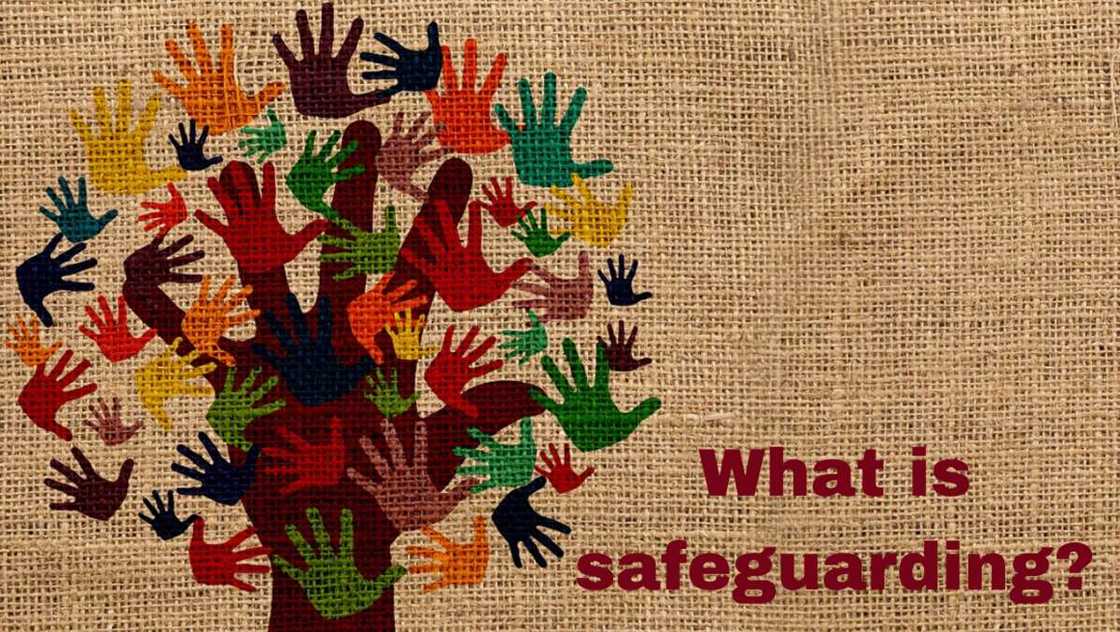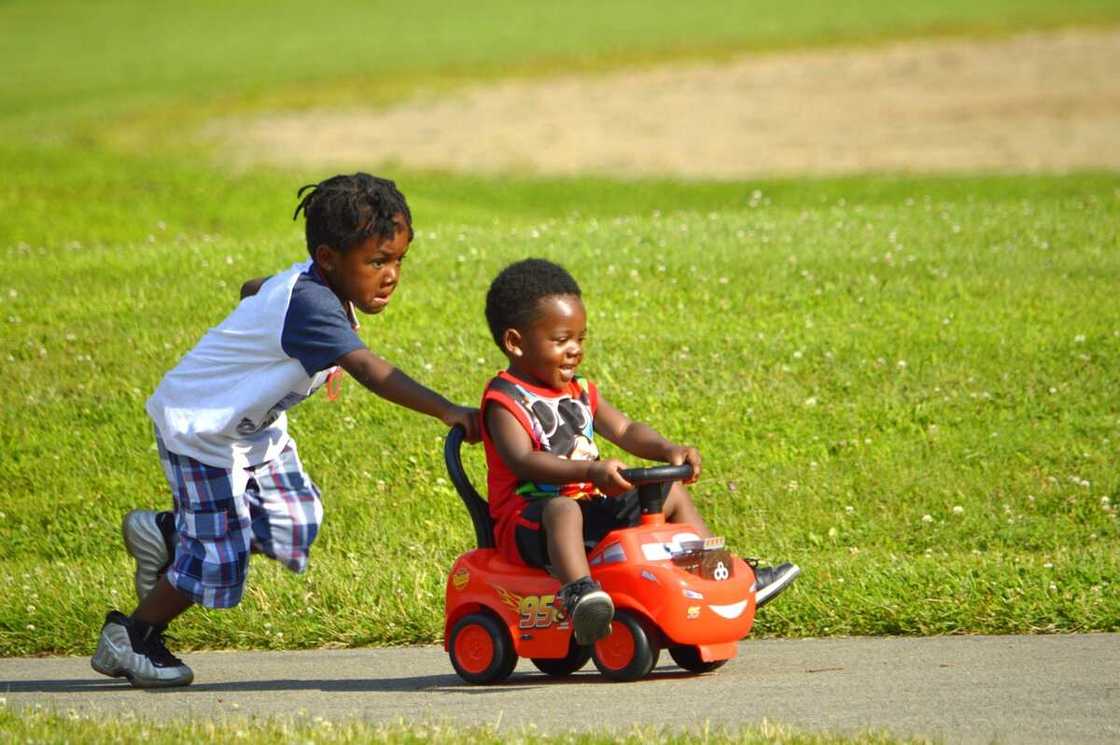What is safeguarding? Definition, principles, procedures
What is safeguarding? It is a fundamental responsibility that every government must embrace. It is the right to protection that all children, elderly citizens, and vulnerable adults have. Every government has to ensure that its citizens live a life free from abuse, harm, and neglect.

Source: UGC
Safeguarding covers a board spectrum of needs but is mostly concerned with health and social welfare. It ensures that all categories of people ranging from children to adults are safe. Due to their vulnerability, children are often at the centre of most safeguarding initiatives.
What does it mean to protect a child? What are the 6 principles of child safeguarding? Here is a definitive analysis of this concept in relation to children.
What does safeguarding mean?
The word safeguard originated from late Middle English, which means safe-conduct or protection. In Old French, the term is known as sauve garde. If translated in English, Sauve means 'safe' while garde means 'guard.'
The definition of safeguarding varies depending on the institution. The NSPCC safeguarding definition states that it is the process of protecting children and adults by ensuring they are safe and well cared for.
Since our focus is on children, we must understand the safeguarding meaning as far as child protection is concerned. Safeguarding for children means to keep them safe from things that are likely to hinder their holistic development.
Knowing how to explain the term safeguarding is the first step in protecting children from abuse, harm, and neglect. They should not be exposed to any harmful behaviour that causes psychological and physical torture.
Child protection procedures have in-depth information on how one is supposed to act on a child's security concerns. They describe harm and list all the steps to be taken to prevent and report suspected abuse.

Source: Twitter
Safeguarding procedures
The procedures for children and adults are similar. Here, we focus on those that are relevant to child protection. These procedures are relevant to anyone who can raise a safeguarding alert.
- Analyze the available source of information to determine the level of risk involved. Find out how the child's well-being will be affected.
- Forward any valid concerns to the police or local authorities for legal action.
- Find out from the child if he or she has any protection concerns that require the attention of institutions or local authorities.
- Carry out your investigations regarding a child's safety. Write a report about the findings.
- Take action by addressing any area that you feel is interfering with child safety and protection.
- Be sure to follow up on any child protection measures put in place to ensure that they are working perfectly.
- Do a review of procedures, policies, and training and make sure they are effective.
Six principles of safeguarding
The Care Act 2014 outlines six fundamental principles that summarize the main elements of this legislation in child protection. These principles apply to all categories of vulnerable people, including children. They are as follows:
- Empowerment: Under this principle, you are supposed to empower all vulnerable individuals in society. You can encourage them to make their own decisions by explaining to them the basics of informed consent.
- Proportionality: This principle requires that all factors are taken into consideration before coming up with a solution. The solution should be made to fit the problem.
- Prevention: Measures that reduce the likelihood of harm, abuse, and neglect are at the core of safeguarding practices. It is better to take action before maltreatment occurs.
- Protection: Every caregiver should be ready to offer the required support to vulnerable people. They should be well informed about when, why and how to offer protection.
- Partnership: Protection is a collective responsibility. It should encompass local solutions by working with the communities in which the vulnerable people live in. In other words, communities have an obligation as far as detecting, preventing, and responding to abuse and neglect is concerned.
- Accountability: When it comes to keeping children safe, all the stakeholders involved should act with a high level of transparency and accountability.
Why is safeguarding for children important?
Children are vulnerable members of society. Given their age, they cannot protect or defend themselves from harm or abuse. They need advocates who can act on their behalf. Below are a few reasons why it is important to define safeguarding and ensure its implementation:
- Child abuse, neglect, and harm are wrong. It is the duty of society as a whole to ensure that it does not happen to any child. Remember, children's safety is a collective responsibility.

Source: UGC
- Every child is vulnerable to harassment, abuse, and harm. These actions are always visible but most people remain silent about them.
- Some children are alone with no one to care for them and nowhere to turn to. Such children also have a right to protection.
Protecting children requires that the government invests in various areas. These areas include charities, schools, care homes, and hospitals. To ensure children's safety, employees who work in such institutions need adequate training which will ensure that they competently carry out their duties.
Also, institutions that deal with vulnerable groups have a duty of ensuring that they do not employ the wrong people. They are supposed to carry out a criminal background check of all their employees and volunteers. Defenceless people should always be left in the hands of caring and responsible staff.
Now that you know what is safeguarding, you should always be vigilant. Remember that safety begins with you. You should be quick to notice and report all suspected cases of child abuse.
Source: Legit.ng






